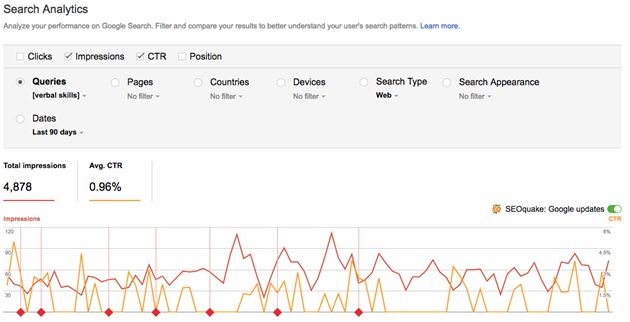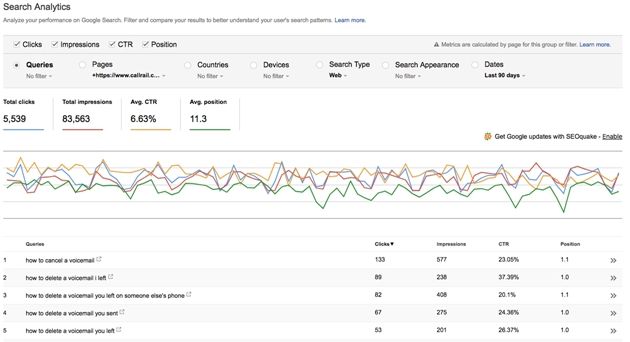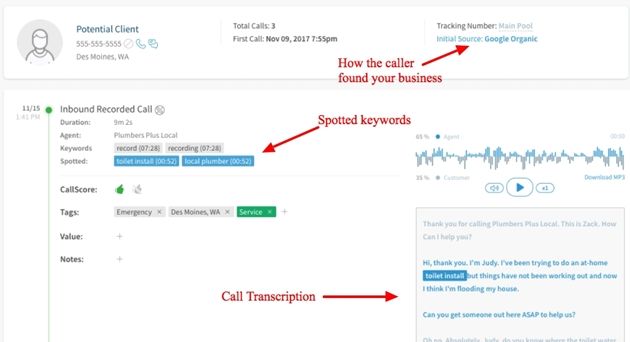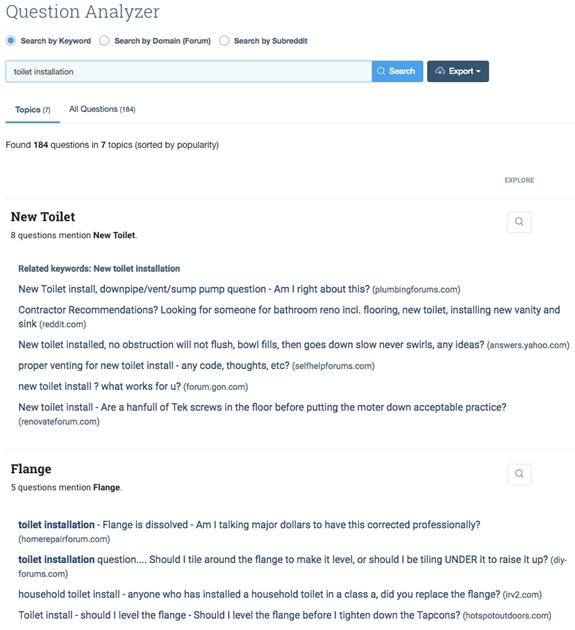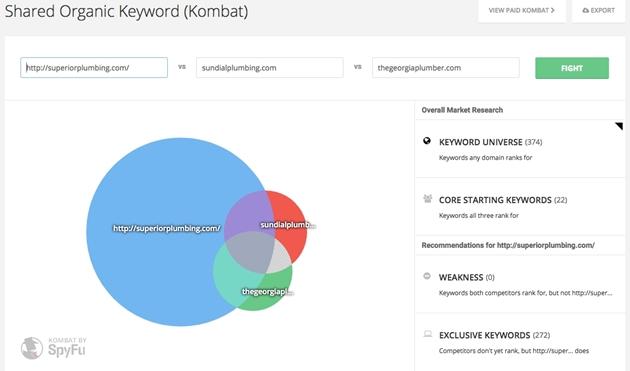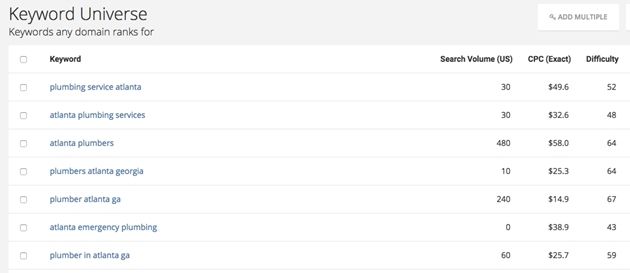As the digital landscape evolves, so do the tools and strategies needed to make businesses succeed online. Search Engine Optimization itself, as a business marketing strategy, has had its ‘death’ declared so many times because it felt like it was no longer relevant. Yet, it’s still here, more strongly than before.
More so, consider the AI revolution that’s currently taking place. Does that mean you should throw away all your old tools and start using AI for everything? It would have been cool if it were that easy.
However, managing a business is not. And search engine optimization is not easy either. That’s why we have reviewed five different categories of tools that your business must invest in to hit your SEO goals and enhance your presence online. Beginner or expert, these tools will make your life easier and your results better.
Keyword Research
Paying for Google Search ads is the fastest way to appear on top of the search engine’s results for relevant queries (if you have enough money). However, the most valuable way to get to the top and remain there is by organically matching the content on your website to the most common terms searched by users.
Data from keyword research tools are organized into lists of the most common keywords relevant to your website. Hence, they are great resources for finding new content ideas, connecting with your audience, and improving traffic.
When choosing a tool for keyword research, you should be okay with free tools such as Google Trends or Google Keyword Planner. However, they each have their limitations. Google Trends is geared toward general knowledge and shows you nothing besides trendiness. Google Keyword Planner, on the other hand, lies within the Google Ads system and is geared towards paid ads, rather than organic search.
As far as free tools go, you can’t do much more than data coming from Google itself. But paid tools take you steps further with improved results, clear insights, and seamless automation. Popular paid tools such as Ahrefs and Moz sit on the high end, costing upwards of $100 for subscriptions. More affordable ones include the Eye10 Keyword Planner, which starts at $39 and includes everything you should expect from a keyword tool: ideas and suggestions, monthly search volume, difficulty level, and the ability to export results.
Analytics
Search engines have an incentive to ensure that their top search results are relevant to the user. But this is not a static process and several (hundreds of) factors come into play.
When your business relies heavily on traffic coming from search engines, you can’t help the occasional jolting feeling when the search engine updates its algorithm such that your efforts seem obsolete. At other times, your efforts are indeed obsolete and you must have been doing something wrong once you notice that your ranking and traffic have taken a hit.
The point here is that, as far as SEO goes, there is always something to improve upon. Always. And how would you know that if you don’t have the right tool to analyze what’s happening? Sometimes, the website itself is the problem; at other times, user behavior may be shifting towards what your website is not yet optimized for. Still, search algorithms may just be doing their thing and it’s affecting you negatively.
Google is, by far, the most popular search engine. So, its Search Console tool is, without a doubt, the best free tool for monitoring your site’s presence in search results. It helps you troubleshoot any issues you might have and ultimately make informed decisions to enhance your website presence.
Content Creation
Everywhere you turn, there is a proliferation of blogs, podcasts, newsletters, videos, webinars, etc. Basically, it’s the content creation revolution and there is an emerging work field of ‘creators’, professionals who apply their creativity in crafting digital content that resonates with their audience.
The most popular creators are individuals, such as MrBeast and Khaby Lame but many businesses have found themselves increasingly locked into content creation because it is a great way to market their brands. Whether it’s a blog or a newsletter, ebooks, or whitepapers, creating content is the order of the day. What you should be thinking about is how to make it better. And there is a solid toolkit for that.
For creating written content, Grammarly is the defacto spelling and grammar checker although others such as the Hemingway Editor and ProWritingAid are excellent alternatives. Canva leads in the graphic design aspect as a highly user-friendly tool for creating social media posts, videos, infographics, presentations, and much more.
Capcut, Descript, Audacity, Buzzsprout, YouTube Studio, etc. are useful for editing, preparing, and distributing your video and audio content for your audience. And any collaborative task manager or workspace tool will help you easily manage your content calendar.
Link Building
Link building is a top-three tactic for getting ahead in SEO. Over the years, Google has developed an immense capacity at detecting and penalizing websites determined to manipulate its algorithm via unethical practices such as link farming and link spamming. The best way to build links today is to earn the backlinks as well as the authority that comes with them.
Ethical link-building opportunities abound but going at it manually can be daunting and frustrating, given the tough competition in the industry. Even something as ‘simple’ as requesting a guest blogging opportunity requires that several moving parts are working without friction. First, you have to publish linkable content, then conduct outreaches, optimize your links and anchors, find broken links and unlinked brand mentions, and monitor competitors. The whole time, you still have to track the effectiveness of your link-building efforts.
As far as link building is concerned, there is no all-in-one tool. It is more likely that you’d be using a combination of various tools to achieve different purposes. For finding link opportunities, SEMrush and Ahrefs offer very useful features. Pitchbox, Buzzstream, and JustReachOut help you to reach out to and collaborate with influencers. Eye10 Backlink Monitor is great for analyzing your backlinks to determine their impact and find issues.
Social Media Management
For many customers today, especially those of the younger generation, a business that lacks a social media presence is as good as not existing. Businesses have responded likewise, by not just establishing their presence on social media but assigning whole teams to control the narrative about their business online.
But social media is not just a PR or a communications tool; it boosts your SEO too when managed strategically. For instance, sharing links to your website increases brand exposure and provides extensive content distribution. Social media might not be an element of SEO ranking, but its benefit such as enhancing your brand recognition and reputation online can contribute immensely to your website traffic.
The entire cycle of creating, publishing, and monitoring content on social media requires strategic workflows, and there are tools that would help you save time and make it less overwhelming, particularly through automation. Buffer, Hootsuite, and Sprout Social help you manage several social media accounts in one platform, including scheduling your posts and accessing comprehensive analytics data. And for building simple landing pages, Linktree is hands-down the most popular tool.
Conclusion
Staying ahead of the competition in a field like SEO takes a lot of hard work. Plus, sustainability is hardly guaranteed; one wrong turn and your website and business are sinking. But these tools can help you to stay afloat when used properly. These are the aspects of SEO you should focus the most of your attention upon.





